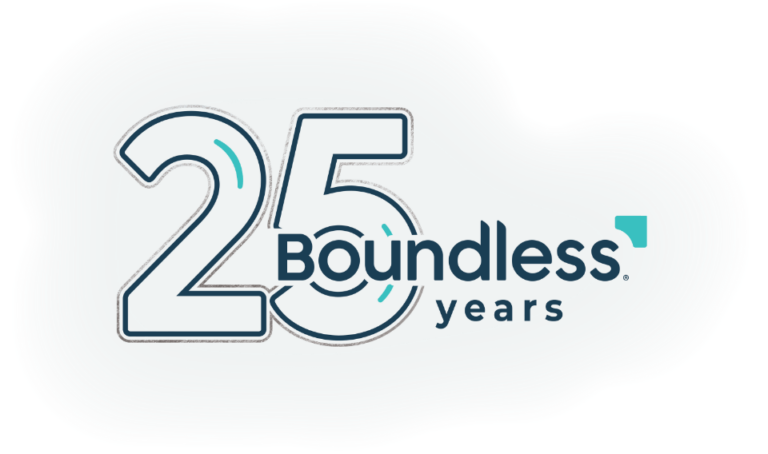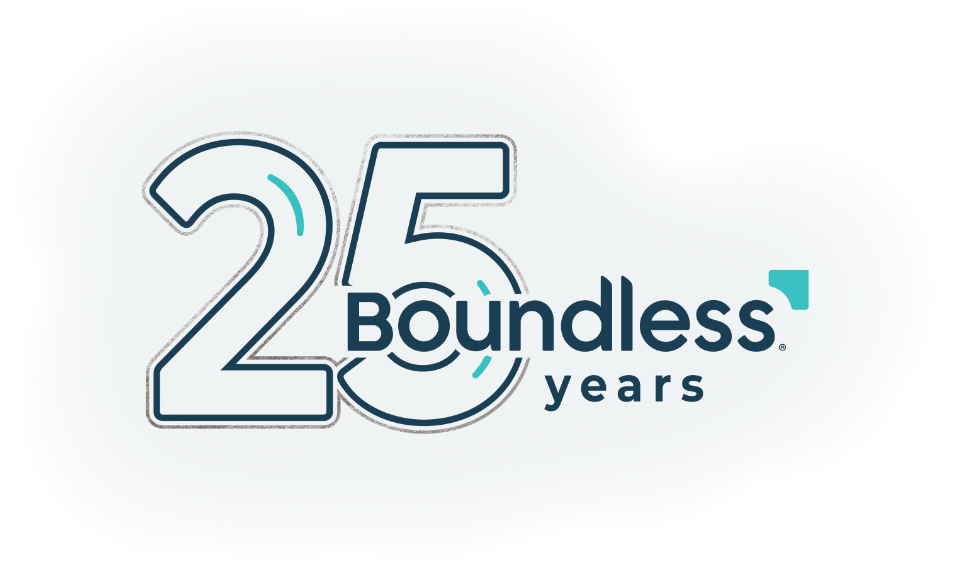I met my wife April 27, 2003 — the old-fashioned way. Actually, that’s a bit of a lie. We’d been introduced by a mutual friend two years before. But my wife doesn’t even remember that meeting. That day in 2003, we bumped into each other again standing in line at a movie theater. I reintroduced myself. And the rest, as they say, is history. It was a serendipitous, God-orchestrated encounter.
I have to admit, though, that I was growing pretty impatient waiting on serendipity to strike back then. I was 32, and I had a long, inglorious track record of things not working out, dating-wise. In my darker moments, I despaired of ever meeting anyone whom I might one day marry. Sometimes I would think, Well, maybe I should just try that whole online dating thing. Then again, going that route seemed rash and risky, a final act of settling because I’d been unsuccessful at finding someone compatible in the “real world.”
Back then, there was significant stigma connected to online dating. Most of my peers still looked at it as an option of last resort when everything else failed. It was, in other words, something only the most desperate among us did.
Fast-forward 10 years and that stigma seems to have been moved to the digital trash bucket on people’s desktops. Online dating isn’t just for the desperate or the brave or the foolhardy. Rather, it’s become just one potential context for finding a spouse among many in our complex, wired world. And it’s a context that seems to be producing more marriages these days than any other.
A massive new study conducted by University of Chicago social neuroscientist John Cacioppo, published in the journal Proceedings of the National Academy of Sciences, found that nearly 35 percent of new marriages today start online. Cacioppo’s extensive survey gathered data from 19,131 American adults who married between 2005 and 2012. Of those people, 45 percent met at online dating sites, while 20 percent connected through social networks. The other 35 percent met via other Internet venues, such as chat rooms, online forums, blogs and online gaming sites. About those findings, Cacioppo says, “I was astounded to see that over a third of marriages are now starting online.”
The study also unearthed some other interesting correlations. Couples who met online were slightly less likely to get divorced than those who connected offline, and they also reported higher levels of marital satisfaction. On the other end of the satisfaction spectrum, meeting through blind dates, in bars and at work correlated with less marital satisfaction. And, perhaps not surprisingly, online marital matches were more likely among older couples, those in the 30 to 50 age-range, than those under the age of 30.
The study hasn’t been without critics, however, because it was funded by online dating giant eHarmony. Cacioppo, however, insists that its backer didn’t influence the data that was gathered. “I had an agreement with eHarmony that I had complete control, and we would publish no matter what we found, and the data would be available to everyone.” The study’s data was also audited by two independent statisticians who verified Cacioppo’s analysis.
Concerns about potential bias aside, however, Cacioppo’s findings aren’t too far afield of another, smaller study conducted by Stanford University sociologist Michael Rosenfeld. He collected data on 926 unmarried couples from 2009 to 2011. His research found that 22 percent of newly formed couples had met online and that those who met online were twice as likely to marry as those who had connected offline.
If we combine the data from both studies, the research indicates that the percentage of couples who meet online these days is somewhere in the range of a quarter to a third. Comparatively, about 20 percent of couples are introduced by friends and another 10 percent meet via school or social gatherings.
It seems, then, that the days of social stigma regarding online dating are a thing of the past, an acknowledgement that Cacioppo makes. Ten years ago, he says, online dating really was seen as the last stop for the otherwise unmarriageable: “Poor John has to date online. He’s such a loser.” Now, however, he says that’s not the case. “Dating, or at least meeting, people online is no longer stigmatized,” he says. “It is not even associated with adverse outcomes.”
So what do you think? Is the online world just one of many potential venues for meeting someone these days? Or do you think there’s still a lingering prejudice against it?











